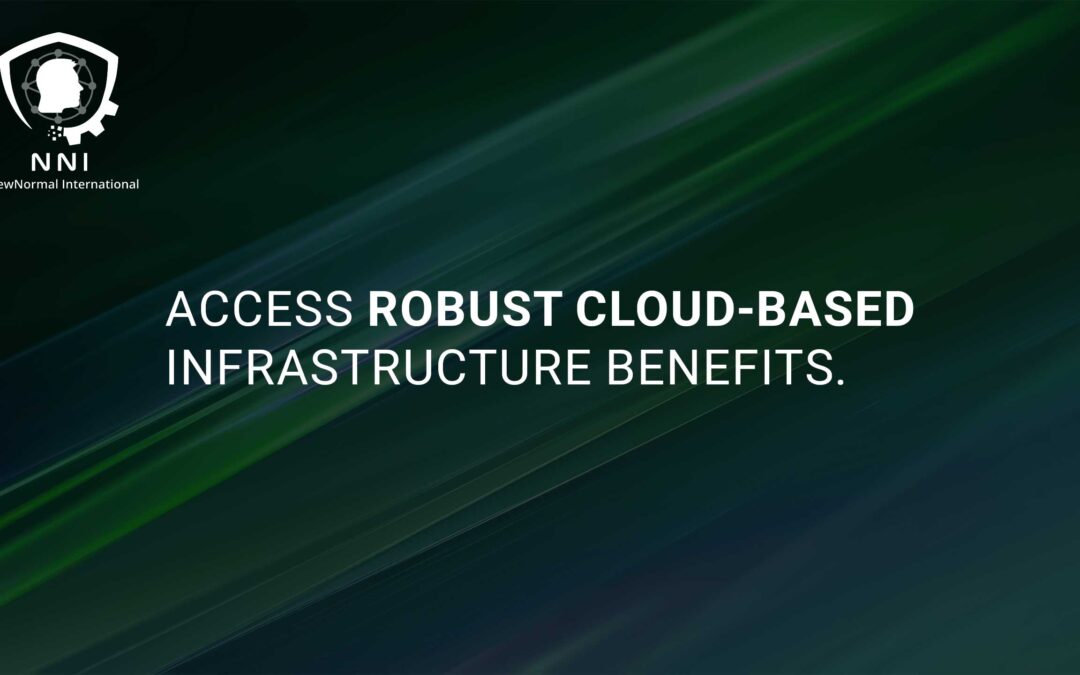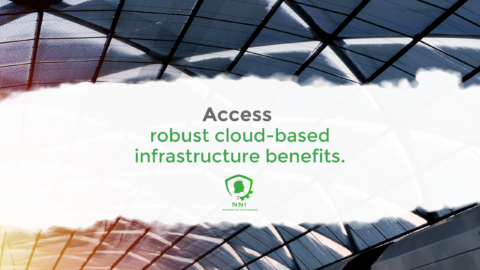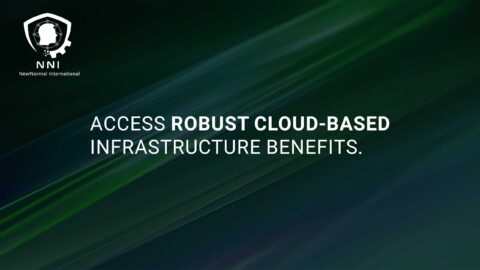Transforming Business Operations through Cloud Technology
The Evolution of Cloud-Based Infrastructure Benefits
In today’s rapidly evolving digital landscape, Cloud-Based Infrastructure Benefits have become a cornerstone for businesses seeking agility, scalability, and efficiency.
Understanding the Fundamentals of Cloud-Based Solutions
In the dynamic and interconnected world of today, cloud-based infrastructure has emerged as a transformative force, revolutionizing the way businesses manage and access their IT resources. Unlike traditional on-premises systems, where hardware and software are physically housed within the organization’s premises, cloud-based infrastructure leverages virtualization technology to abstract these resources and make them accessible over the internet. This shift represents a paradigm change, transforming IT infrastructure from a fixed, on-premises asset into a flexible, scalable, and cost-effective utility model.
At the heart of cloud-based infrastructure lies the concept of virtualization, a technology that enables multiple virtual machines to coexist on a single physical server. This virtualization technology extends beyond servers to encompass storage, networking, and even operating systems, creating a pool of virtual resources that can be provisioned and managed on an as-needed basis. By leveraging virtualization, cloud providers can offer a wide range of cloud services, including:
Infrastructure as a Service (IaaS): IaaS provides businesses with access to virtualized computing resources, such as servers, storage, and networking, on a pay-as-you-go basis. This eliminates the need for businesses to invest in and maintain their own hardware and software infrastructure, reducing upfront costs and simplifying IT management.
Platform as a Service (PaaS): PaaS provides businesses with a cloud-based platform for developing, testing, and deploying applications. This platform includes the necessary middleware, development tools, and runtime environments, enabling businesses to focus on their core business logic rather than infrastructure management.
Software as a Service (SaaS): SaaS provides businesses with access to cloud-based software applications, such as customer relationship management (CRM) systems or enterprise resource planning (ERP) systems. SaaS applications are hosted and managed by the cloud provider, eliminating the need for businesses to install, configure, and maintain software on their own premises.
The adoption of cloud-based infrastructure offers a multitude of benefits that extend far beyond mere cost savings; they encompass a wide range of operational, strategic, and competitive advantages:
Increased Agility and Scalability: Cloud-based infrastructure enables businesses to quickly provision and scale their IT resources up or down as needed, adapting to fluctuating business demands without the constraints of traditional on-premises infrastructure.
Enhanced Cost-Effectiveness: Cloud-based infrastructure eliminates the need for upfront investments in hardware and software, reducing capital expenditures. Additionally, cloud providers often offer pay-as-you-go pricing models, ensuring that businesses only pay for the resources they consume.
Simplified IT Management: Cloud providers manage the underlying infrastructure, including hardware maintenance, software patching, and security updates. This frees up IT staff to focus on higher-value activities, such as innovation and strategic initiatives.
Improved Accessibility and Collaboration: Cloud-based infrastructure enables employees to access applications and data from anywhere with an internet connection, fostering remote work capabilities and enhancing collaboration across teams and locations.
Enhanced Security and Reliability: Cloud providers invest heavily in security measures and disaster recovery plans, providing a level of security and reliability that is often difficult to achieve with on-premises infrastructure.
In essence, cloud-based infrastructure is not merely a technological advancement; it is a transformative force that is redefining the way businesses operate. By embracing cloud-based infrastructure, businesses can unlock new levels of agility, scalability, and cost-effectiveness, enabling them to innovate faster, adapt to changing market demands, and achieve sustainable growth in the dynamic and interconnected world of today and the future.
Core Advantages of Adopting Cloud Infrastructure
The transition to cloud-based systems offers myriad benefits, including reduced IT costs, enhanced data security, and improved business continuity and disaster recovery capabilities.
Strategies for Effective Cloud Integration
Successfully integrating cloud-based solutions into existing business models requires a strategic approach. This involves understanding specific business needs, assessing potential risks, and ensuring seamless migration.
Navigating the Challenges of Cloud Adoption
Organizations may face challenges such as data security concerns, compliance issues, and the need for skill development during the cloud integration process. Addressing these challenges is crucial for effective implementation.
Executive Coaching for Cloud Technology Adoption
For businesses embarking on cloud adoption, executive coaching can provide valuable insights and strategies. It equips leaders with the knowledge to make informed decisions and drive successful digital transformations.
Leadership in the Era of Cloud Computing
Leaders must be well-versed in the nuances of cloud technologies and their impact on business operations. Effective leadership is key to navigating the complexities of digital transformation.
Communicating the Impact of Cloud-Based Infrastructure
Effective internal and external communication is essential in conveying the strategic importance of cloud-based infrastructure. This helps in aligning stakeholders with the organization’s digital vision.
Effective Communication Strategies for Cloud Adoption
Developing a clear, concise, and transparent communication plan is critical in explaining the benefits, processes, and expectations related to cloud infrastructure.
The Role of Generative AI in Enhancing Cloud Infrastructure
Generative Artificial Intelligence (AI) can further optimize cloud-based infrastructure by automating complex tasks, predicting future trends, and providing deep insights into data analytics.
Embracing the Future of AI in Cloud Computing
Integrating generative AI technologies with cloud infrastructure can lead to more innovative solutions, driving efficiency and competitive advantage.
Conclusion
In summary, embracing Cloud-Based Infrastructure Benefits is a transformative step for businesses aiming to thrive in the digital era. By leveraging cloud technologies, companies can achieve greater operational efficiency, scalability, and innovation.
#CloudComputing, #DigitalTransformation, #CloudInfrastructure, #BusinessInnovation











